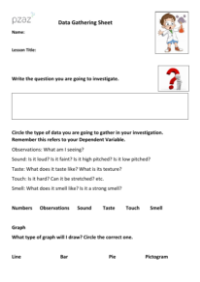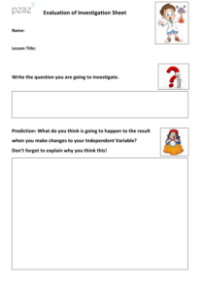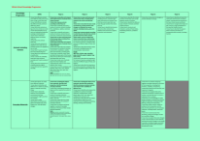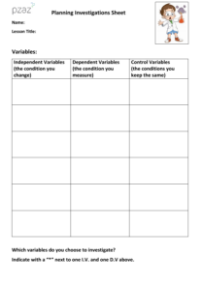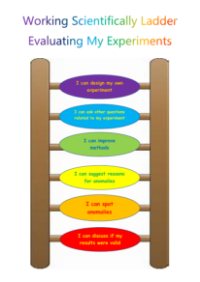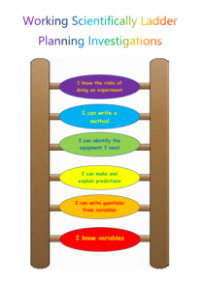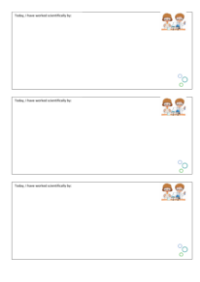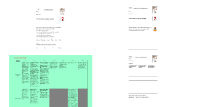Working Scientifically - Evaluation Video

Science Resource Description
In a comprehensive guide to mastering the 'Working Scientifically' section of the National Curriculum, educators are introduced to a methodical approach called the Pizazz method. This method breaks down the curriculum requirements into three key skill groups: Planning, Data, and Evaluation. To optimize learning, the method suggests dedicating one school term to each skill, allowing students to become proficient in one area before moving onto the next. Within each skill group, there are further sub-skills that students will learn incrementally. The focus of this particular series is on critical evaluation, an area that, despite being represented by only one statement in the curriculum, demands a full term's attention due to its complexity. Teachers are provided with a skills matrix and evaluation sheets to track progress and ensure that students can justify their predictions, record results, and critically assess the validity and reliability of their investigations.
The evaluation phase encourages students to delve into the scientific process by questioning the validity of their results, identifying anomalies, and suggesting improvements to their methods. The use of graphs is emphasised to help spot trends and anomalies, with a mnemonic 'exchange' to assist students in remembering which variable goes on which axis. Critical evaluation extends beyond simply analysing results; students are prompted to consider further investigative questions and to design related experiments. For instance, after exploring the relationship between the length of a holly leaf and its number of spikes, they might propose studying a similar relationship in oak leaves. This approach not only reinforces the evaluation skill but also fosters a deeper understanding of the scientific method and inquiry-based learning.
